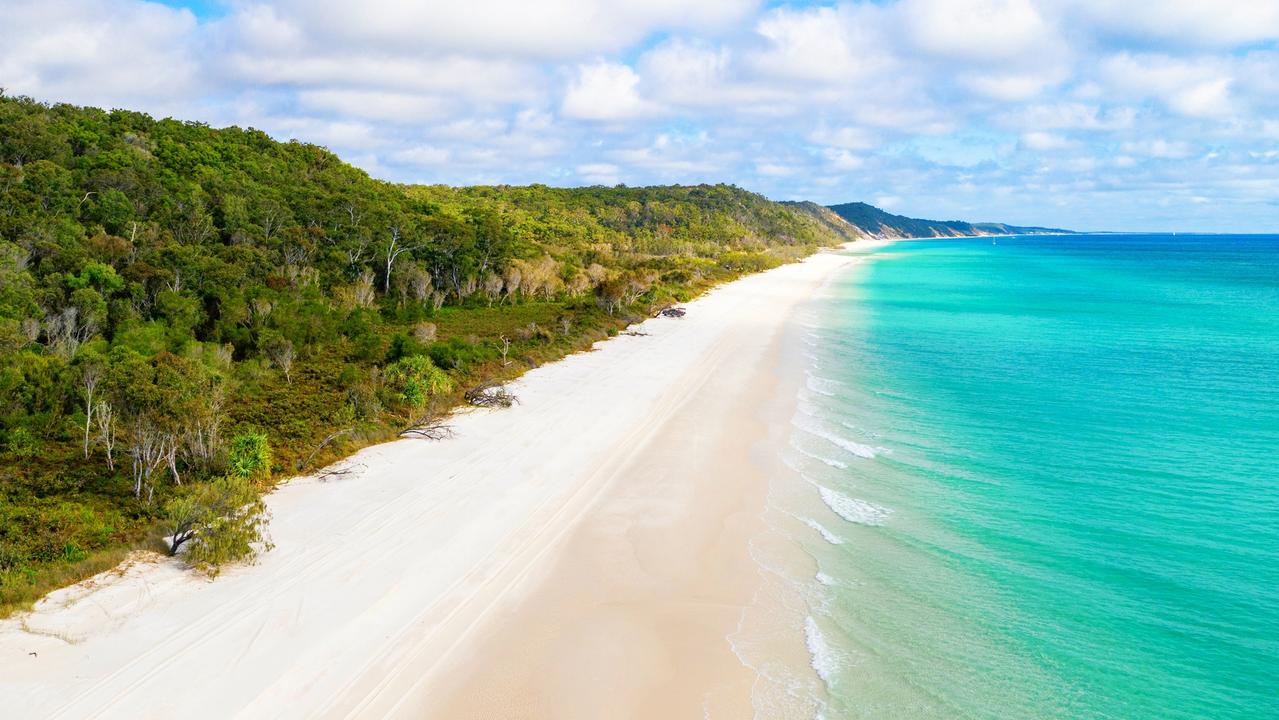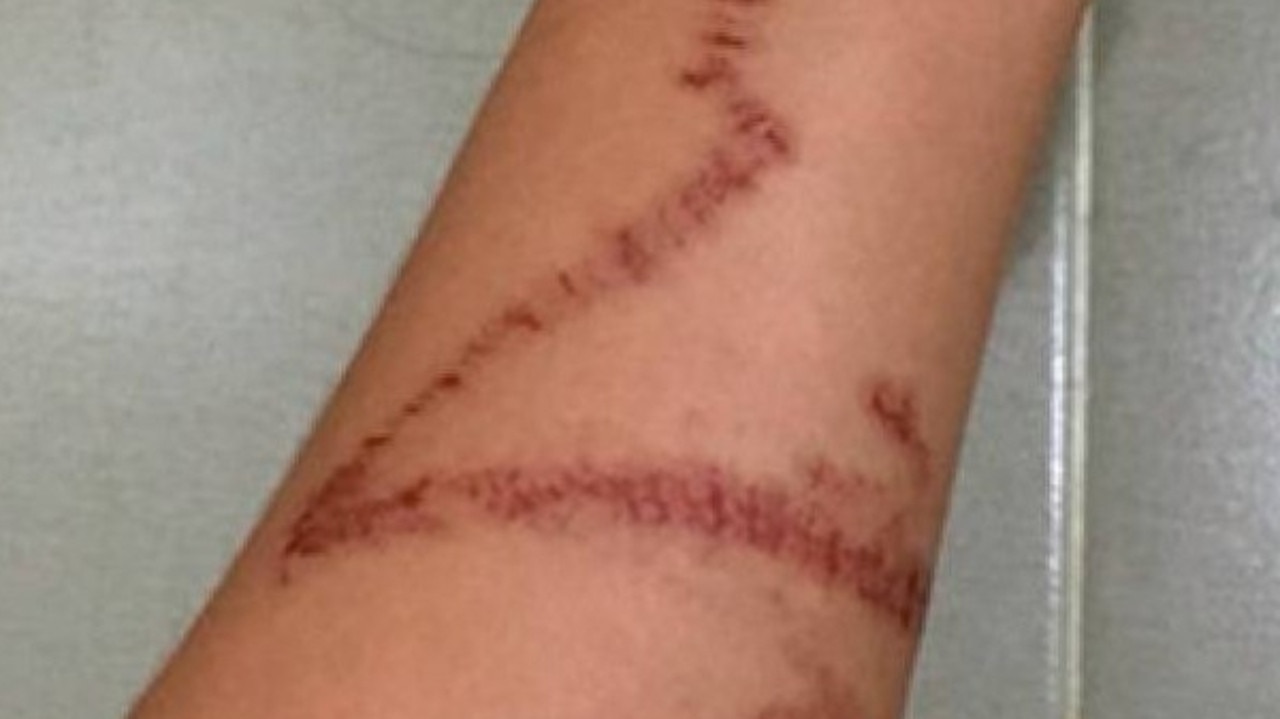Irukandji: What’s behind spate of stings on K’gari
What you need to know about the irukandji jellyfish after a spate of stings at one of Queensland’s most popular island attractions this week.
QLD News
Don't miss out on the headlines from QLD News. Followed categories will be added to My News.
Six cases of suspected irukandji stings in the past four days on World Heritage-listed K’gari, also known as Fraser Island, have sparked concerns to tourists.
These cases were mainly reported on the west coast of the island from Woralie Creek to Triangle Cliff, involving mostly children, with four of them having to be flown to a hospital.
Experts have warned visitors to beware of marine stings amid the peak season as we don’t have a deep knowledge on activities of the jellyfish.

What is an irukandji?
Irukandji is a type of box jellyfish, in a tiny size of two-centimetre diameter, but with extremely venomous tentacles that can reach up to one metre long. It is colourless, which makes it hard to be noticed in water. James Cook University’s box jellyfish scientist Scott Morrissey said irukandji could be found around the top end of Australia from about Exmouth in Western Australia to K’gari.
What has happened at K’gari?
– A woman was flown to Hervey Bay Hospital after a marine envenomation on Awinya Rd at 12.43pm on January 16.
– An infant was flown to Hervey Bay Hospital after a marine sting near Awinya Rd at 3.08pm on January 15.
– A man was flown to Hervey Bay Hospital after a suspected irukandji sting at Triangle Cliff at 12.43pm on January 15.
– An infant was transported to Gympie Hospital after a suspected Irukandji sting on K’gari near Cathedrals Beach at 1.46pm on January 14.
– A child was flown to Hervey Bay Hospital after a marine sting at Woralie Creek campground at 9am on January 14.
– A child was presented to Queensland Ambulance Service’s Happy Valley Station after a marine envenomation at 12.30am on January 13.

Why have there been so many incidents at K’gari lately?
Summer is generally a stinger season from late September to early May, with more irukandji abundant during those months. University of Sunshine Coast Professor David Schoeman said seeing irukandji was no surprise as water became more favourable to the species after the last few weeks of southeast winds. Griffith University marine ecologist Professor Kylie Pitt said the incidents were also a consequence of the increase in travellers. Summer is the peak season for tourists heading to Fraser Coast, more than double that in winter.
Why don’t we know much about irukandji in K’gari waters?
Prof Pitt said irukandji was yet to be caught south of K’gari, and data had been unreliable. She called for state government and local authorities to use a recent technology involving environmental DNA to match the irukandji DNA within bodies of water to locate the presence of the jellyfish. She said this technology can help identify hotspots and active periods.
What will happen if you’ve been stung?
If you’ve been stung, Prof Pitt said you might experience severe cramping, a rapid heartbeat and nausea. “And there’s also one symptom which is quite unusual is a sense of impending doom,” Prof Pitt said. “So people basically feel like they are going to die.” Mr Morrisey said the syndrome takes about 20 to 45 minutes to kick in but “it’s a world of hurt” afterwards.

What should you do if you’ve been stung?
Queensland Ambulance Service Mission Beach critical care paramedic Adrian House advised people to treat the casualty with vinegar, which deactivates the stinging cells, sit down and call for help.
Will irukandji stings cause deaths?
Prof Pitt said irukandji jellyfish were not normally lethal but will make you feel “very very unwell”. She added there were two fatalities in Australia from irukandji over the years, with both found to have pre-existing heart conditions.

How do you protect yourself?
The Department of Environment and Science advised visitors to the island not to swim. In case of water activities, Mr Morrisey recommended people wear a stinger suit. He said a jellyfish needs medical and chemical stimulation to find their tentacles, and a stinger suit keeps your body oils inside so you won’t get stung. “The best thing to avoid getting stung is to wear a stinger suit,” Mr Morrisey said. “It may not be the most fashionable thing, but it will be the difference between being in a world of hurt having to be helicoptered (flown) off the island or actually being able to enjoy the water.”



